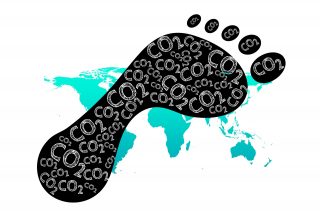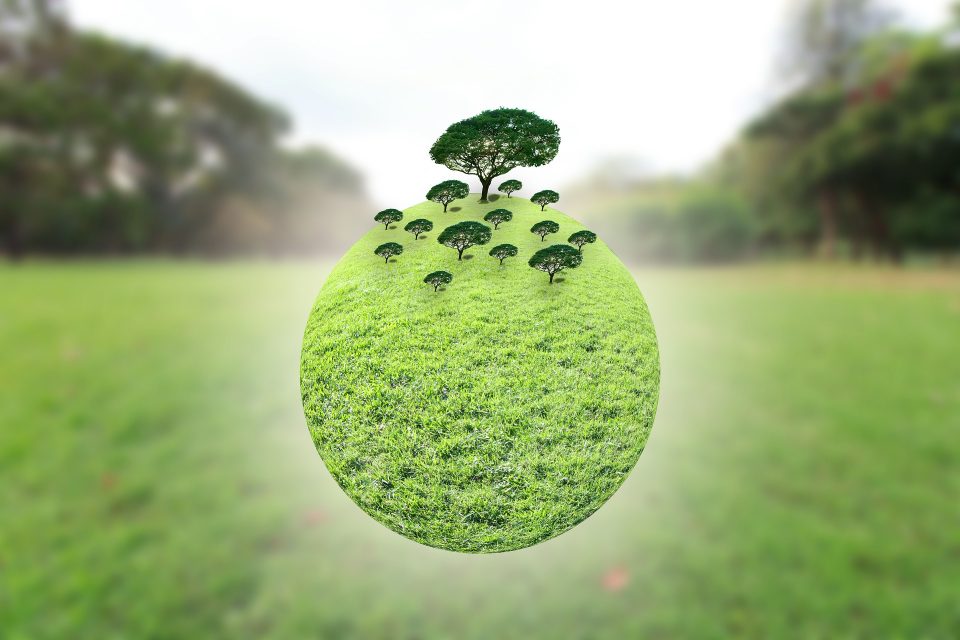These last few years has seen a growth in coaches working with climate change. Our environment is an immediate and urgent issue with temperatures rising, our land and seas being swamped with plastic, the loss of habitat and many species of plants, insects and animals on the brink of extinction. It is something we all need to look to and work out what our role is in the solution to our manmade crisis; solutions available to us now and those of the future.
With any new emerging area, it can be unclear as to what climate coaching really is as coaches start to work out how to hold this space. I certainly have been unclear and as I have read and explored further, questions have also come up for me particularly around whose agenda is it. So, what is climate coaching?
Three areas of practice
Reading around the subject I have come across three areas where coaching links with climate and the wider ecological issues. These are:
- Coaching for climate change
- Climate aware coaching
- Developing sustainable practice
1. Coaching for climate change
This, very simply, is where coaching support is brought to the subject of climate change. Clients bring their concerns, aims and aspirations around living their lives in a way that helps address climate change. This can be at the personal as well as the organisational level, exploring personal aims and/or organisational aims. Here the coach is holding a space for the client to explore their climate, and often wider, environmental, and ecological agendas.
Coaching for climate change isn’t about the coach influencing or directing an agenda on ecological issues or imposing their views on the subject.
For the coach it will be important to feel confident working in this area. As coaches most of us aren’t experts in climate change or ecological issues, we are experts in creating a reflective space where clients can in confidence and safety progress towards achieving their climate and ecological aims. Here, I believe the most important thing for coaches is to be really clear about their own stance on climate change; to be confident and comfortable in their own decisions and actions they are taking, and to be open about where they are in their own ecological plan.
Peter Hawkins has come up with five stages of eco-engagement:
Stage 1 – being Eco-curious
Stage 2 – being Eco-informed
Stage 3 – becoming Eco-aware
Stage 4 – being Eco-engaged
Stage 5 – being Eco-active
Where do you feel you are?
2. Climate aware coaching
Climate aware coaching is where a coach’s attitudes, beliefs and decisions on their environmental impact informs their practice and their coaching processes. It is where a coaches entire coaching practice and coaching processes bring in sustainability, nature and the environment. It is the attitudes and practices we bring to our coaching, the processes we use, the environmental impact decisions we make and the materials we use.
For example, where coaches choose to work in the natural environment and use that natural environment as their tool kit it is easy to see that these coaches could be climate aware in their coaching. However, not all of us coach in this way and for most of us if we wanted to be climate aware, it would be about shaping our own practices to mirror our own attitudes towards climate change and the environment.
Through climate aware coaching we are bringing an awareness of the issues to our clients. This isn’t about shaping agendas or influencing thinking, but rather through our practice clients have the opportunity to become more aware as they are working within a practice that is climate aware.
3. Developing a sustainable practice
Sustainability is a word that is used all the time. I have used it here in this blog as one way to be climate aware in our practice. But what actually is sustainability?
Nowadays, sustainability is usually defined as the processes and actions through which humankind avoids the depletion of natural resources, in order to keep an ecological balance that doesn’t allow the quality of life of modern societies to decrease.
 In this way, the term “sustainability” has been broadly applied to characterise improvements in areas like natural resources over exploitation, how products and materials are manufactured, where investments are made, our lifestyles and our purchasing behaviours.
In this way, the term “sustainability” has been broadly applied to characterise improvements in areas like natural resources over exploitation, how products and materials are manufactured, where investments are made, our lifestyles and our purchasing behaviours.
Where someone acts in a way that causes little, less, or no harm to the natural world such that ecosystems (hopefully) will keep on thriving and generating the conditions that allow for the quality of life of today’s modern societies not to decrease, they are often described as sustainable.
For us and our coaching practices sustainability would be working out how we would tread softly on our planet, such that our footprints do no harm or as little harm as possible.
For me one of the most significant areas of sustainability I need to work on in my art-based practice is the materials I use and how I dispose of them. Art materials are known for their detrimental environmental impact, and I am just starting to think about how I could incorporate a policy for my practice to address this, as well as how I can share with clients and coaches how to access greener products and dispose of the more harmful waste that comes from this practice.
Other areas I am pondering are my office materials. Am I doing enough? There are many areas I can be more environmentally conscious about and start to develop a more sustainable practice.
I hope you have found these definitions helpful in clarifying what is currently meant by coaching for climate change. I am sure as this area develops further and there is much more experiential evidence these definitions and practices will evolve.
Other links for more information:
Climate Change Alliance – The Climate Coaching Alliance (CCA) was set up in late 2019 and is focused : transforming coaching practice; transforming our impact; and transforming the profession.
Coaching and Climate Change – EMCC UK – Here you will find lots of links to webinars and other resources supporting coaches to find out more about coaching for climate change.
Related Blogs:
Art and Coaching for Climate Change
Developing a Sustainable Art-based Coaching Practice



2 comments on “What is climate coaching?”